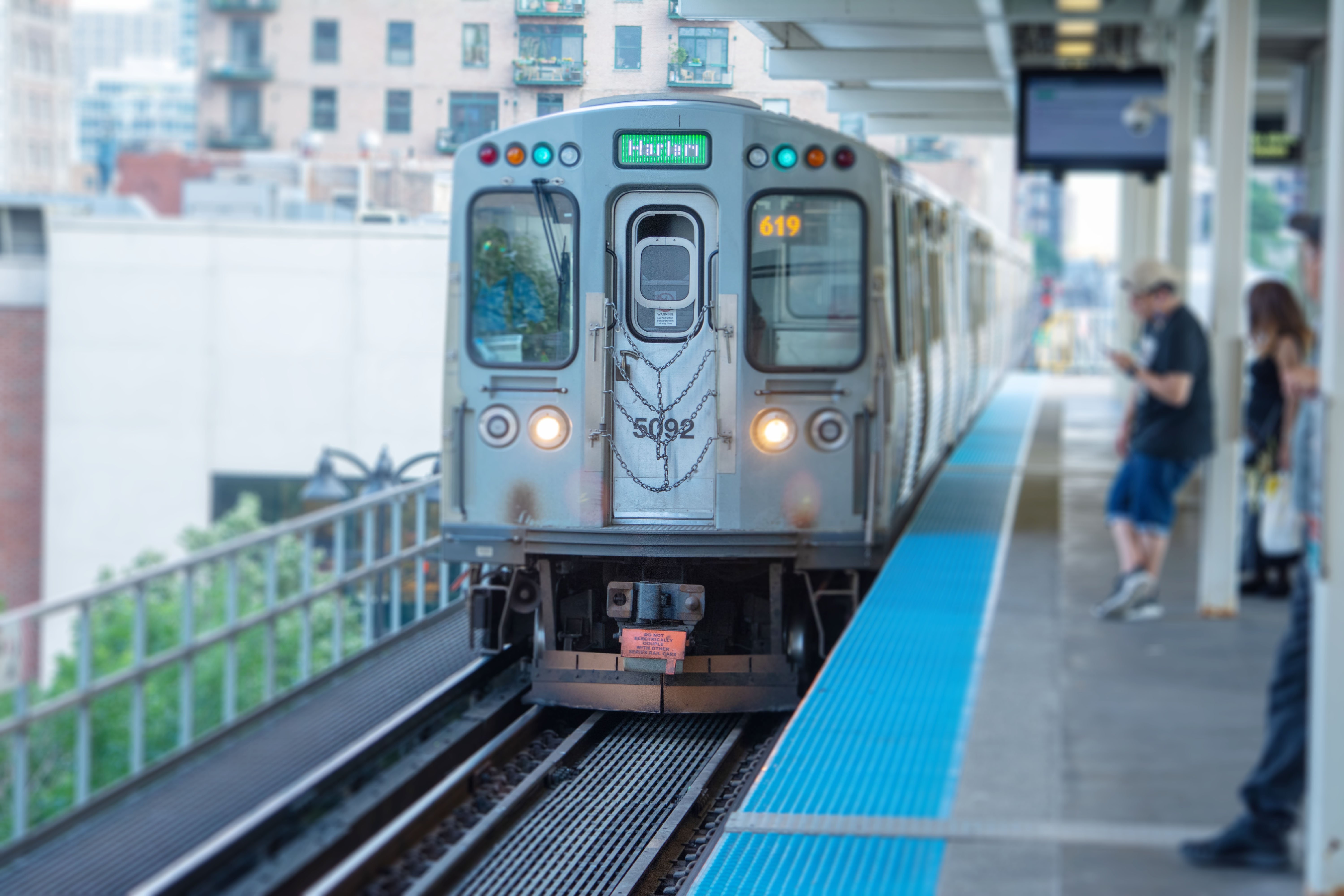How Transit Authorities Can Leverage Data for Smarter Budgeting
.png)
Zencity
The Platform for Community Trust
Jump to
- Understand Ridership Trends to Optimize Services
- Predictive Maintenance for Cost Efficiency
- Enhanced Decision-Making with Real-Time Data
- Informed Public Engagement for Transparent Budgeting
- Scenario Planning for Long-Term Investment
- Streamlining Procurement and Operations
- Analyzing Post-Incident Data for Continuous Improvement
- Conclusion
1. Understand Ridership Trends to Optimize Services
One of the most significant ways data can assist transit authorities is by providing insights into ridership patterns. By analyzing data on peak travel times, frequently used routes, and underutilized services, transit agencies can allocate resources more effectively. For example:- Adjusting service frequency: Data can reveal when certain routes have high or low ridership, allowing for adjustments in service frequency. This not only helps to match demand but can also result in significant cost savings by reducing the number of under-filled buses or trains.
- Route planning: Insights into travel patterns can guide the development of new routes or the elimination of underperforming ones. This ensures that funding is directed toward routes that meet community needs and have the highest potential for impact.
2. Predictive Maintenance for Cost Efficiency
Maintenance is a significant line item in any transit budget. Unexpected breakdowns and repairs can derail even the most carefully planned budgets. Leveraging data for predictive maintenance can help avoid these costly disruptions:
- Tracking asset performance: Data from sensors and maintenance logs can help monitor the health of buses, trains, and other transit assets. By identifying signs of wear and tear before they lead to breakdowns, authorities can schedule maintenance more proactively.
- Optimizing maintenance schedules: Using historical data on when breakdowns are most likely to occur, transit agencies can schedule maintenance during off-peak hours. This reduces disruptions to service and minimizes the need for costly emergency repairs.
3. Enhanced Decision-Making with Real-Time Data
- Improving resource allocation: Real-time data helps transit agencies quickly identify issues like congestion, delays, or increased demand in certain areas. This allows for quicker responses and better allocation of resources, such as deploying additional buses to a route experiencing unexpected demand.
- Evaluating the impact of service changes: Real-time feedback enables agencies to assess the impact of changes—such as adjusting service frequencies or introducing new routes—on ridership and costs. This allows for quicker pivots, ensuring that budget decisions align with community needs.
4. Informed Public Engagement for Transparent Budgeting
Data isn't just valuable internally; it’s also a powerful tool for communicating with the public. When residents understand how decisions are made, they are more likely to support budget allocations and service changes. Here’s how transit agencies can use data for better public engagement:
- Visualizing data for stakeholders: Charts, heatmaps, and dashboards that present ridership trends, maintenance needs, and budget breakdowns can make complex data more accessible to the public. This transparency can help build trust and demonstrate the rationale behind spending decisions.
- Gathering feedback for budgeting priorities: Using surveys and sentiment analysis tools, transit agencies can gather input from the public on what services they value most. This data can guide budget prioritization, ensuring that investments align with the community’s preferences.
5. Scenario Planning for Long-Term Investment
Budgeting isn’t just about meeting immediate needs—it’s also about planning for the future. Data-driven scenario planning allows transit authorities to forecast how different investments might impact the system over time:
- Simulating the impact of new projects: Before committing to large infrastructure projects, transit agencies can use data to simulate potential outcomes. This can include estimating the impact of new bus lanes, rail lines, or other enhancements on ridership, revenue, and costs.
- Modeling budget scenarios: Data can help build models that anticipate changes in ridership due to factors like economic shifts, population growth, or new transportation alternatives. These models can guide budget adjustments to ensure financial resilience.
6. Streamlining Procurement and Operations
Procurement is another area where data can help transit authorities stretch their budgets further. Analyzing past purchases and operational costs can reveal opportunities for efficiencies:
- Identifying cost-effective vendors: A thorough analysis of past purchasing data can reveal trends in pricing and help identify the most cost-effective vendors for future needs. This can lead to savings in areas like fuel, parts, and other supplies.
- Optimizing operational costs: Data analysis can uncover inefficiencies in fuel consumption, driver scheduling, and vehicle deployment. By addressing these inefficiencies, transit authorities can reduce operating costs and free up funds for other priorities.
7. Analyzing Post-Incident Data for Continuous Improvement
After an incident, data analysis can provide valuable insights into what went well and where improvements can be made. By reviewing data such as the time taken to respond, travel routes used, and any communication bottlenecks, agencies can identify opportunities for improvement. This continuous feedback loop helps refine response strategies over time, ensuring that lessons learned from past incidents translate into faster and more efficient responses in the future.
Conclusion: Building a Data-Driven Culture for Better Budgeting
For transit authorities, embracing a data-driven approach to budgeting can be transformative. It enables a deeper understanding of community needs, optimizes spending, and supports better decision-making across all aspects of transit operations. Ultimately, using data for smarter budgeting decisions ensures that every dollar spent is directly contributing to a more efficient, reliable, and responsive transit system.As transit authorities continue to face tight budgets and increasing demand for services, leveraging data is not just an advantage—it’s a necessity. By building a culture that values data insights, agencies can make more strategic investments, improve service quality, and create a transit system that truly serves the needs of their communities.
%20copy-1.png?width=544&height=120&name=Logo_black%20(1)%20copy-1.png)




